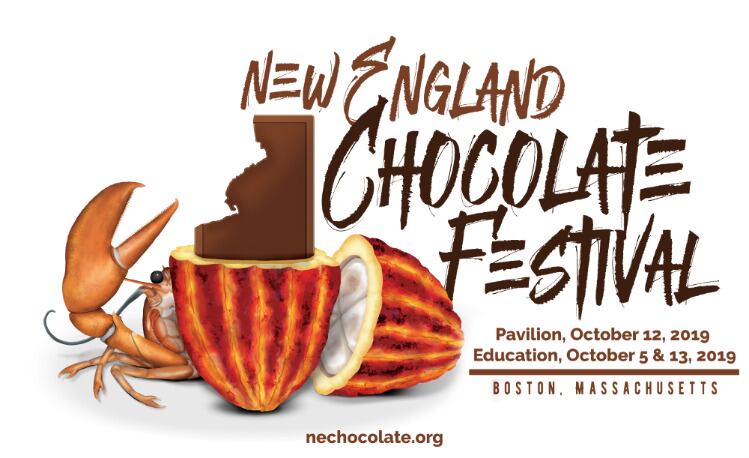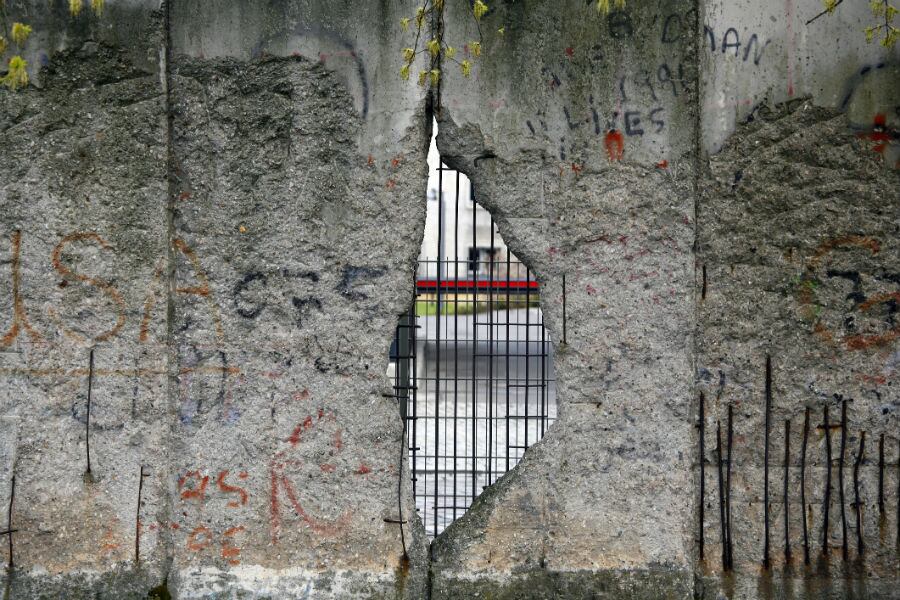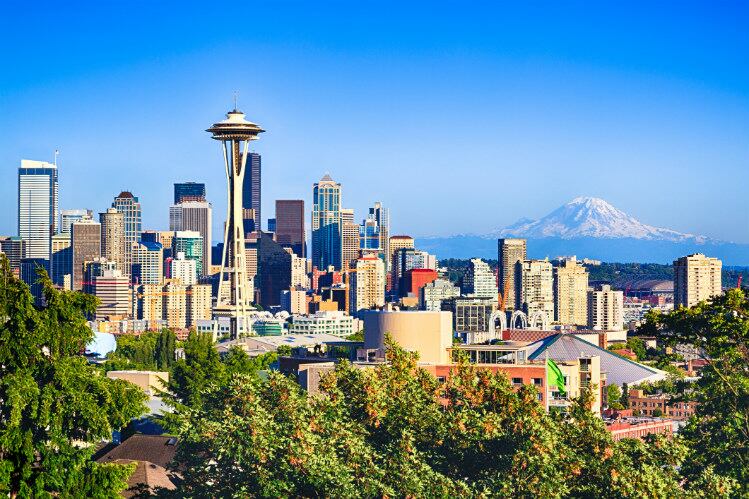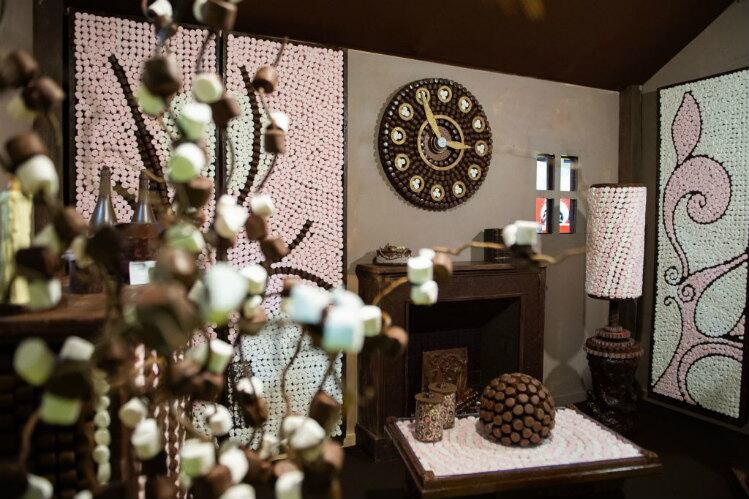The main event runs this weekend, October 12-13, at the Boston Center for the Arts. Dozens of chocolate makers from the New England region will showcase their products at a pavilion-style tasting, joined by producers from Canada and the fine cacao meccas of the Dominican Republic, Colombia, Ecuador and Mexico.
Venues in nearby towns and states will also host companion events – many of them free – over the course of two weeks. That docket includes beer pairings at the likes of Allagash Brewing in Maine and Zero Gravity Brewery in Vermont, as well as film screenings at Boston University.
“The goal was really to find something that might appeal to everyone across demographics,” said FCCI executive Carla Martin.
How the New England Chocolate Festival started
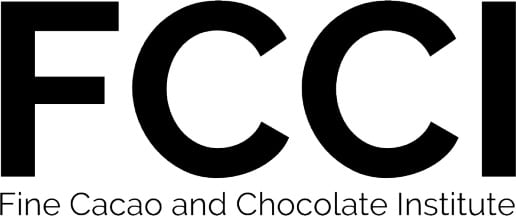
The nonprofit supports education and research of specialty cacao and chocolate, but most of its work revolves around professionals. In recent years, through monthly consumer-facing events, FCCI realized there was a market for a larger, more interactive festival.
“Consumers and local chocolate companies were really interested in seeing a bigger event that would bring together a larger number of companies and consumers, so that they could all learn, taste, and interact in a more concentrated space,” Martin told ConfectioneryNews.
She and her tiny-but-mighty team of two other planners solicited advice from established regional chocolate festivals: Dallas, which takes place in early September; Washington, D.C., which runs in early May; and the Northwest Chocolate Festival, November 9-10, 2019.
The 2018 debut sold all of its 800 consumer tickets.
“A lot of people reported FOMO [fear of missing out]; they were bummed they couldn’t come,” said Martin. “We’re lucky: in New England, people are very interested in food, in supporting local business – especially in the fall.”
Thus, FCCI upped the ante for 2019, moving to a bigger venue and inviting more companies (more than 40, compared to just 16 last year) to exhibit and demo. Local influencers and media coverage have boosted awareness, and supportive food festivals in other regions have shared the event with their followers, according to Martin.
The nonprofit also wanted to ensure the event was accessible to most interested parties: tickets start at $25 to enter the main pavilion this weekend, and a partner NGO is offering complimentary passes to youth and at-risk groups.
Tickets for the educational demos and workshops – held at the Cambridge Center for Adult Education on October 5 and again on October 13 – cost $50 to $75. “Those tend to attract the more higher-income foodies,” admitted Martin, “but we’ve also seen local students [and] food industry professionals seeking out a really unique learning experience.”
New England Chocolate Festival highlights
In addition to the pavilion mainstays, guests will have the chance to dive into artistic outlets outside of chocolate itself.
Local artist Laurel Greenfield created several cacao-themed pieces exclusively for the show, to be showcased in a gallery setting. Her bright, pop-style paintings of desserts are beloved in the Boston area, Martin told us.
Juan Alonso, a fifth-generation woodcraft maestro, will visit from Mexico to demonstrate the making of molinillo, the wooden whisk used to make frothy drinking chocolate throughout Latin America. His stop at the New England Chocolate Festival marks his first-ever visit to the US.
Programming chocolate education for all
At the first education day, sessions ranged from a boozy truffle workshop to cacao-infused beer and beer-infused chocolate (aptly called Choctoberfest). Barceló, a Dominican rum brand, sponsored a rum lounge.
This weekend, on October 13, guests will hear from a local rum producer about pairing chocolate with the sugar-based spirit, as well as winemakers and tea experts. Other sessions dig into technical skills like tempering chocolate or making chocolate pastries.
This kind of connection is paramount for today’s ever-more intrigued consumer, and the FCCI finds value in building a ‘community experience.’
“We see this as part of a broader trend,” said Martin, a social anthropologist by training and a lecturer at Harvard University. “Consumers are more and more looking for what they describe as an authentic experience.”
Expected festival attendees likely are the same people who frequent independent bookstores and restaurants, she added – places where consumers feel ‘welcome and engaged in the community.’
Not only does the public gain access to industry experts discussing, say, the science behind sugar’s effect on the taste of chocolate, but FCCI also benefits from culling data in real time.
The interactive festival provides “real value to us as researchers,” said Martin, as it “allows us to test in real time the research we conduct on the chocolate industry, [to] spread education around what the specialty cacao and chocolate industry has to offer, which is a big part of our mission.”
She emphasized that FCCI ‘carefully curates’ the companies and educators invited to speak and exhibit at the event, “to make sure that their values and practices match with those that consumers increasingly indicate are important to them.
“If we’re able to make the values around transparency, around ethics, and around quality the norm for consumers of chocolate in this era, we see that as contributing to a stronger and better cacao and chocolate industry overall.”

